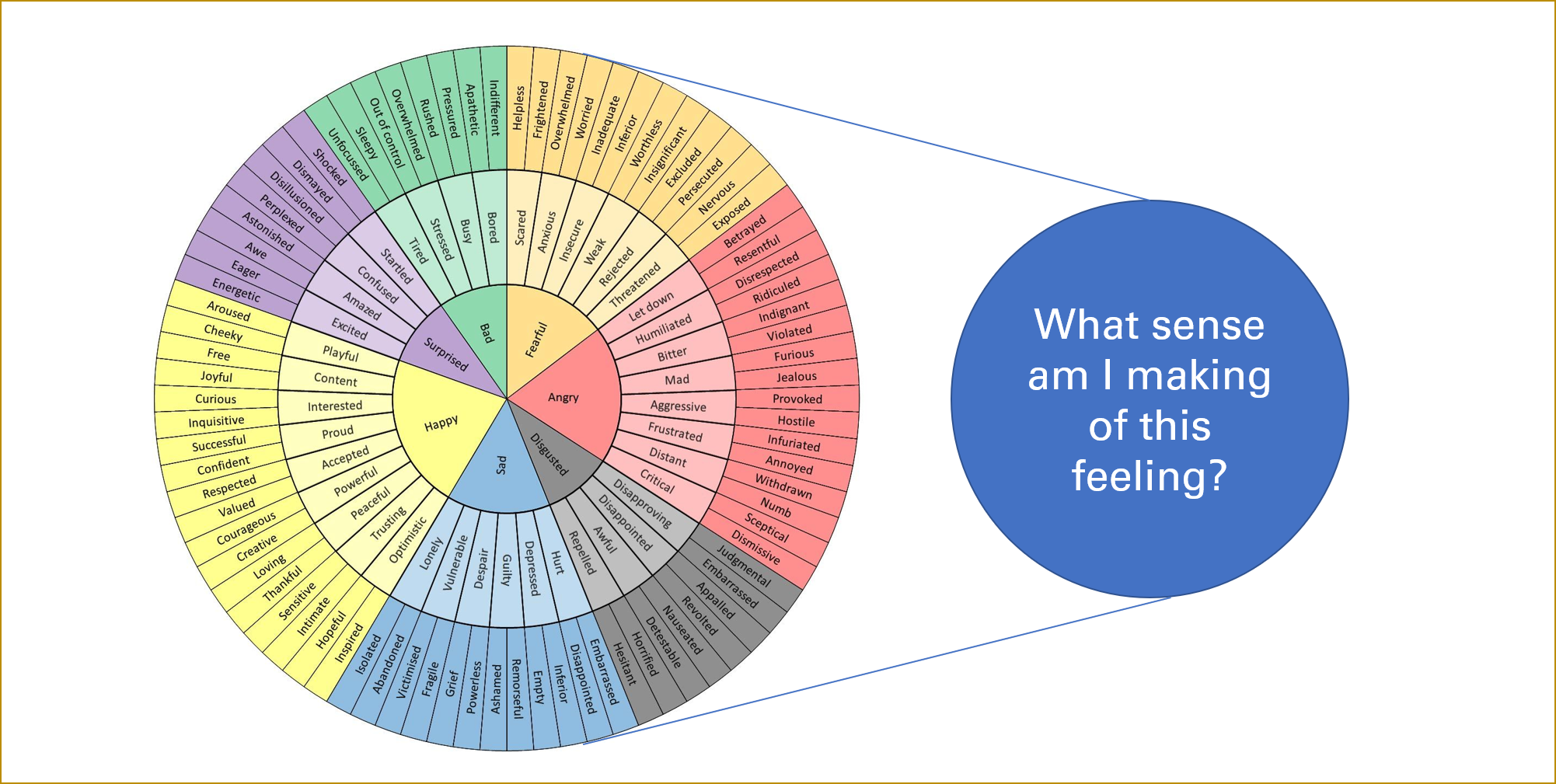Your Thoughts are Optional
Photo by @anthonytran at Unsplash.
A thought is a sentence in your head
It is so easy to create thoughts that we often don't notice them or the feelings they produce. They’re also incredibly powerful because the feelings they create drive our actions.
Imagine what you could do if you had even a bit more awareness and control over this process.
Rewrite the sentences and change where the story goes
If thoughts are sentences in your head, what would your life be like if you could rewrite any of those sentences to serve you better?
For example, what if, instead of telling yourself, “I’m unsure about this presentation and feeling quite nervous!”, you could rewrite that thought to, “It’s getting done regardless, I’m sure of that! And I’m feeling exited about knowing I'll achieve this goal.”
Nervousness and excitement are basically the same physiological responses in the body, but the positive spin of excitement is more productive and empowering. It serves you better.
Give yourself the option to believe your thoughts (or not)
In the example above, notice the use of ‘telling yourself’.
You may have thoughts like, I feel nervous or I am an imposter. While they may seem spontaneous, you are actually telling yourself these thoughts. And then you believe them.
The less aware and intentional you are about our thoughts, the more you deny yourself agency over how you want to feel
If you slow down and start identifying the thoughts you’re having, you can then ask yourself…
Is this an unwanted thought?
Is this thought serving me well? Is it helpful?
How does this thought make me feel?
How might a better version of this thought make me feel? Or a more empowering one?
When you become more aware of the thoughts you’re having, you give yourself the option to choose what to do with them. You may decide not to believe the thoughts. To reject what they’re trying to tell you. Or wait and see if they come up again. Or to simply let them go.
Practicing this improves your mindset
Over time, you will gain more control over the amount of thought, the pace of thought, the type of thought, and even what you think and feel about the thought itself.
If you get great at this, you create the thoughts you want, on demand. And the feelings that result, too.
But how?
You learned to read before you learned to write. Similarly with your thoughts, you need to ‘read‘ them first.
Start to notice what those sentences in your head are. And what sense you make of them.
One way to do this is with feelings. When you experience a strong emotion, what's the thought you have about it? It may be an observation, such as “I’m really annoyed right now.” It could be a judgement, “I’m feeling this because I’m too sensitive.” There may even be a story, or at least part of one, “She always makes me feel this way. It’s so unfair. I’ve been surrounded by these types my whole life. I must be drawn to them.”
Use the Feelings Wheel to select the word that best matches a feeling you’re having. With that feeling identified, it can become easier to notice your thoughts about the experience.
Regardless of what you come up with, you can always find a thought behind a feeling. You get to choose what sense you make of it.
Related articles:
If you’d like to improve the thoughts you have, including the stories you tell yourself and others, here are three ways you can work with me


